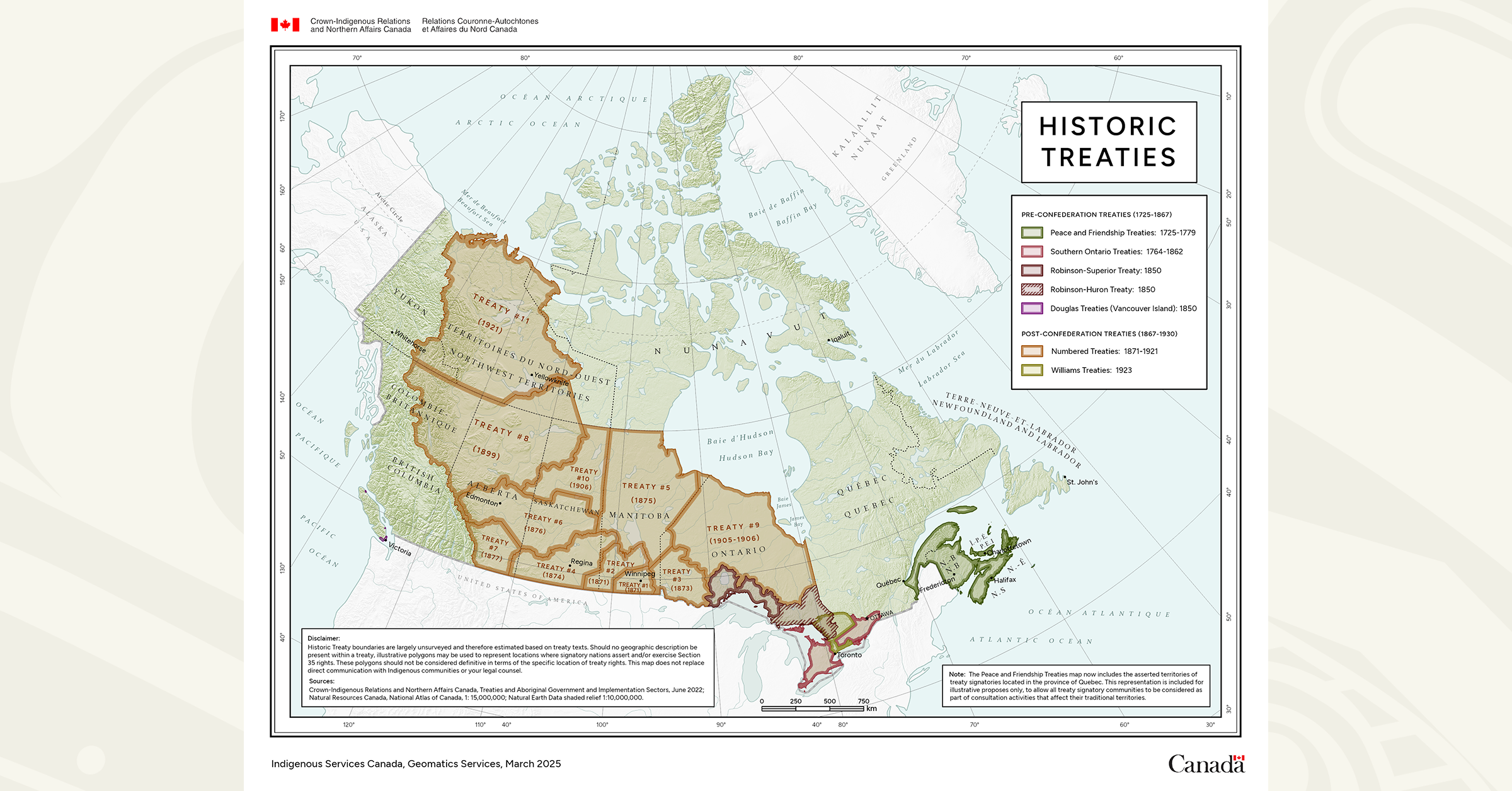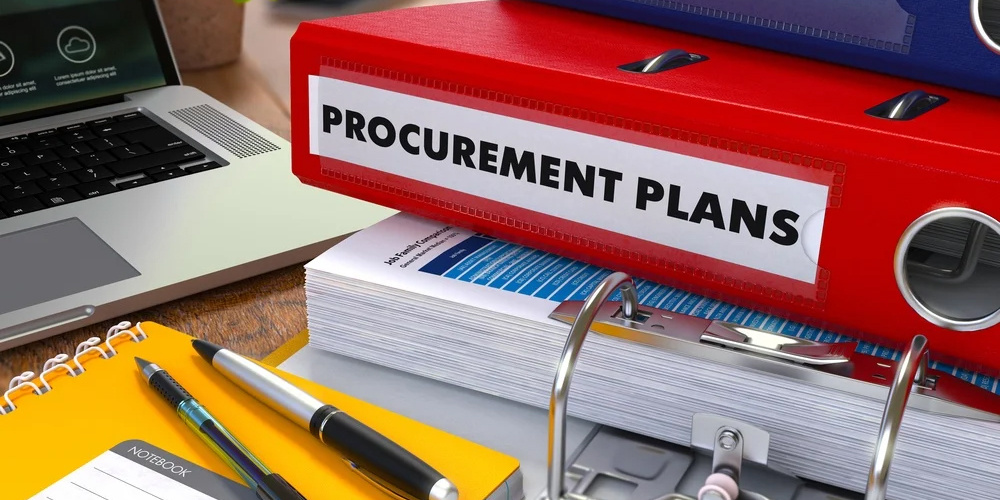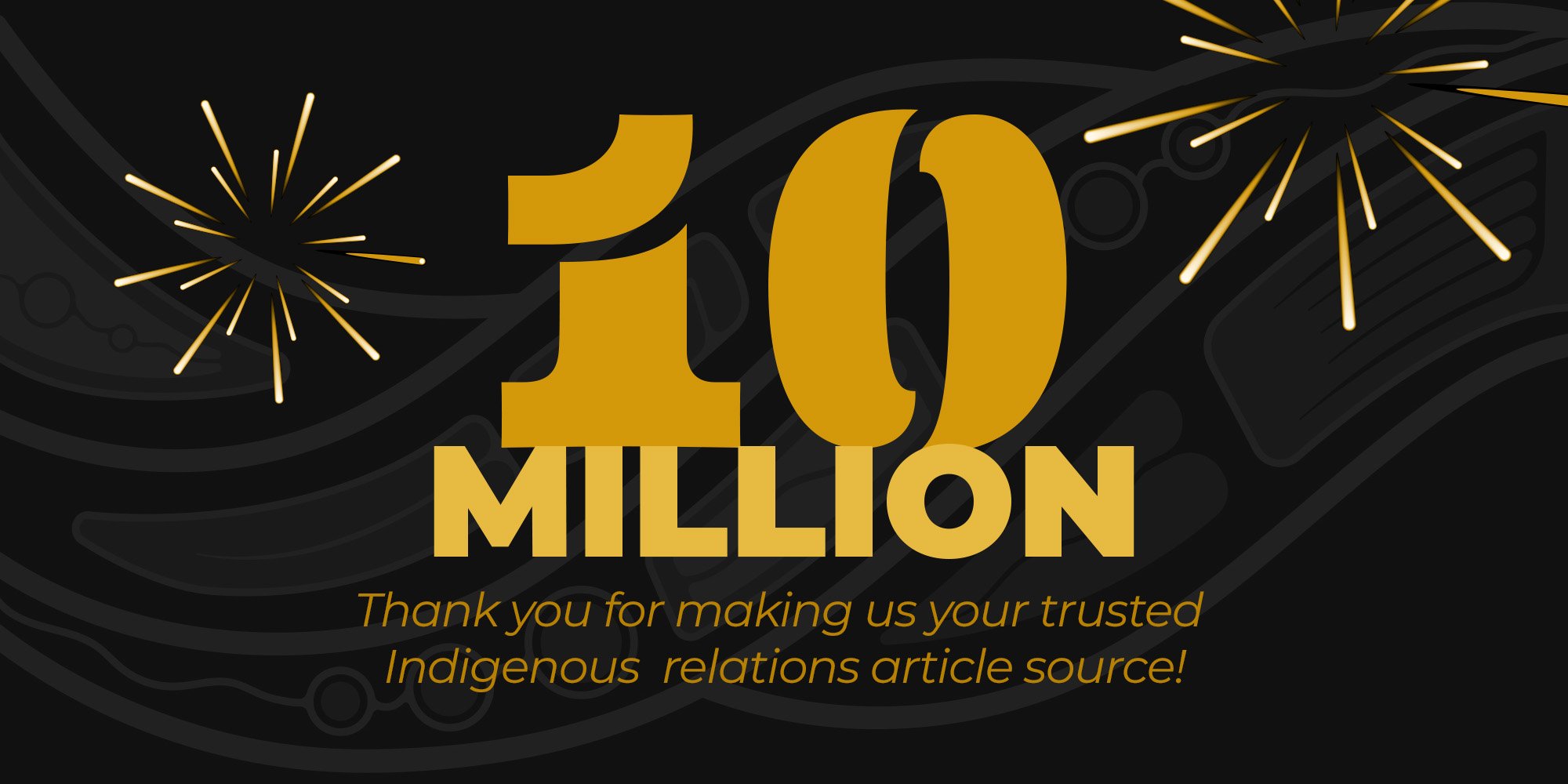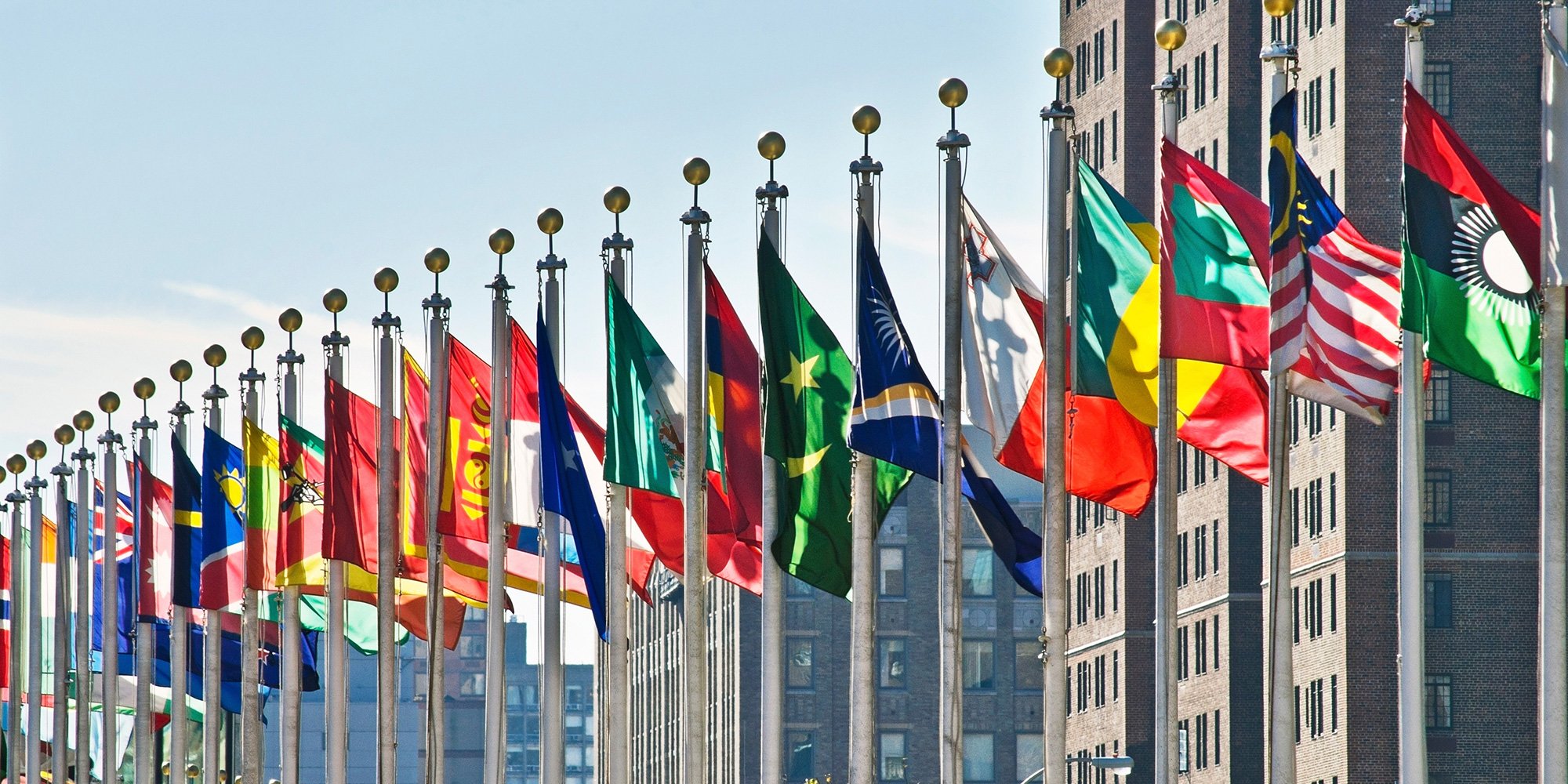3 min read
A Brief History of Treaties in Canada
Treaty-making is not anything new in Canada. In fact, treaties pre-date the creation of the country and were instrumental in shaping what became...

3 min read
Treaty-making is not anything new in Canada. In fact, treaties pre-date the creation of the country and were instrumental in shaping what became...

4 min read
Ensuring economic certainty in a proposed project with an Indigenous community is a key component of mutually beneficial and effective Indigenous...

2 min read
A central finding of this research is that Aboriginal procurement is not the same as traditional supply chain management. Procurement from Aboriginal...

6 min read
It is essential when working with some of the hundreds of First Nations, Inuit, and Métis communities across Canada on industrial, social, and...

3 min read
Simply crafting vision and mission statements isn't sufficient for an organization; they must ignite a powerful sense of purpose and steer efforts...

5 min read
When we prepare an article for our blog, Working Effectively with Indigenous Peoples®, we put considerable thought into the title - how will it...

3 min read
As we embark on a new year, Indigenous Corporate Training Inc. (ICT) is humbled to share that our Working Effectively with Indigenous Peoples® Blog...

2 min read
If you are planning to schedule a meeting with Indigenous leaders of the community you want to work with, here are some suggestions you should keep...

2 min read
On June 21, 2021, the United Nations Declaration on the Rights of Indigenous Peoples Act (DRIPA) received Royal Assent and immediately came into...

5 min read
Education is considered a human right in Canada. Yet, while Canada has one of the world's highest levels of educational attainment, the graduation...